
|
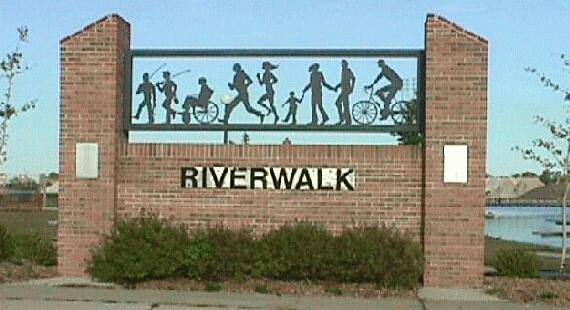 History of
History of
of
Bay City, Michigan
|
Bay City was once the camping ground of the Chippewa Indian…later the
hub of specialized industries…and today…a city that tells a story of
its sense of place through
historical attractions, eco-tourism, the arts, interesting shoppes
and dozens of cafes and eateries.
Situated near the mouth of the Saginaw River, which joins the Saginaw
Bay, Lake Huron and the Great Lakes Waterway, Bay City continues to be an
important center of commerce.
|
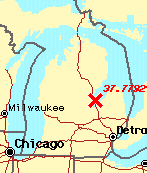
|
Naturally Historic
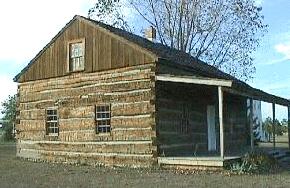
|
More than 150 years have elapsed since Leon Tromble accepted a federal
government assignment and built a small log house on the bank of the
Saginaw River.
|
Leon made at least one mistake. He turned down an offer to trade a horse
for a
section of land, which he considered an uninhabitable swamp. Who would have
thought that Bay City would someday encompass all of the section offered
to Mr. Tromble
(and more).
In 1835, Tromble’s nephews Joseph and Mador built the first frame house
in Bay City,
which also served as a trading post, thereby qualifying these gentlemen
as Bay City's first businessmen.
|
The house has been preserved and moved to
Bay City's Veteran’s Memorial Park.
It is now being restored and will be the center of an historic village
development.
|
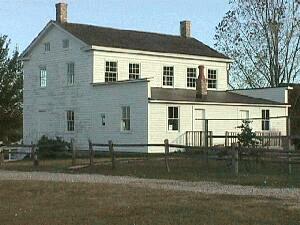
|
The first building, "Center House," was located several
miles upstream
from the original log cabin, on a peninsula of dry land near what is now
24th and Water
Street. In addition to the trading post, the home served as a hotel…
providing you had
a bedroll…and eventually became the headquarters for federal and state
licensing. In
July of 1837, two years after Michigan was incorporated as a state,
Steven Wolverton
set sail for this territory and built a lighthouse at the river mouth.
It was the same year
when Benjamin J. Pierce opened the first free standing store,
again primarily a trading
post.
In 1822, Saginaw County had been established…extending to Saginaw Bay.
Court cases for the bayside
communities meant a three-day journey to Saginaw, so the citizens of the
area voted in 1854 to separate from Saginaw County, forming what is
today known as Bay County.
|
Bay City, nestled in the Saginaw Valley, was in those days
located in the midst of a
fruitful pine forest, and it was the cutting of those pines,
and other tress, that crowned the area
"Lumber Capitol of the World."
|
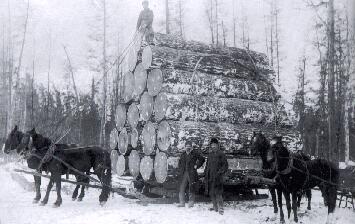
|
The actual year was 1844 in which the
lumber industry has its
start in Bay County when a mill was constructed at the mouth of the
Kawkawlin River. In the following years, lumbering became a boom industry
by the
time that the Sage Mill was erected in 1865.
In one period, at the height of the
lumbering activity, more than 50 mills were active in the Bay City area.
By 1888, over
four billion feet of lumber had been cut,
enough to circle the globe with a walk-way of
two-inch planks, four feet in width. It was in 1850 the salt basin,
which underlies the
area, was tapped and this too progressed just as the lumber business had.
One of the earliest new industries was boat building,
including a shipyard which
launched the first 600 foot Great Lakes steel freighters.
Bay City built a large variety
of craft from before the beginning of World War II.
It turned out U.S. Destroyers, even several missile
vessels for the Australian Navy, along with luxurious yachts,
including the
Presidential Yacht named
"Honey Fitz"
during the Kennedy administration.
In recent
years, the area has become home for both sail and power boat champions. The
Staudacher firm in the small suburb of Kawkawlin has probably turned out
more Gold
Cup hydroplanes than any other single builder.
The Gougeon Brothers
firm has also
built a number of champion sailboats, including catamarans and iceboats.
Bay County is also rich in agricultural products including sugar beets,
potatoes, corn,
soybeans, wheat and oats. One of the largest sugar refineries east of the
Mississippi
is Bay County's
Monitor Sugar Company.
Historically Natural
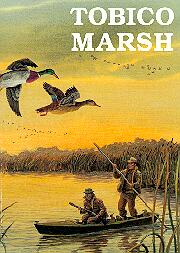
© Jennison Nature Center 1987
|
Tobico Marsh, declared a National Landmark in 1976 is an integral part of
the largest
contiguous freshwater coastal wetland in the U.S. It provides an enticing
habitat for
more than 200 species of songbirds, shorebirds and waterfowl.
The rich environment
of the Saginaw Bay is at the crossroads of the Atlantic and Mississippi
flyways and is
a favorite destination for large flocks of birds and waterfowl.
|
With over 1800 acres of
wetland preserve, you will find nearly five miles of trails and two
32-foot observation
towers. Another area you will not want to miss is Naynanquing Point…with
1400 acres
of coastal wetland and protected natural area are perfect for birding.
Best known for
the large numbers and variety of migrating waterfowl.
Native American Lore
|
Chippewa, Hopewell, Ojibway, Ottawa and Potawatomi once thrived
along the banks
of the Saginaw River which provided abundant fish, animals and vegetation.
Archeological digs—still going on today—have uncovered Native American
artifacts
from the earliest permanent settlement which back to 3000 B.C. Visitors
today can still
see sacred burial grounds along the Saginaw River.
|
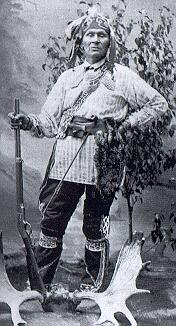
Chief Shoppenogons
Photographed in late 1800's.
|
© 1997 MMCC, Inc. All Rights Reserved.
Report problems or suggestions to
support@mmcctech.com
Site hosted by Molarnet Technologies
Since 09/11/98

|








